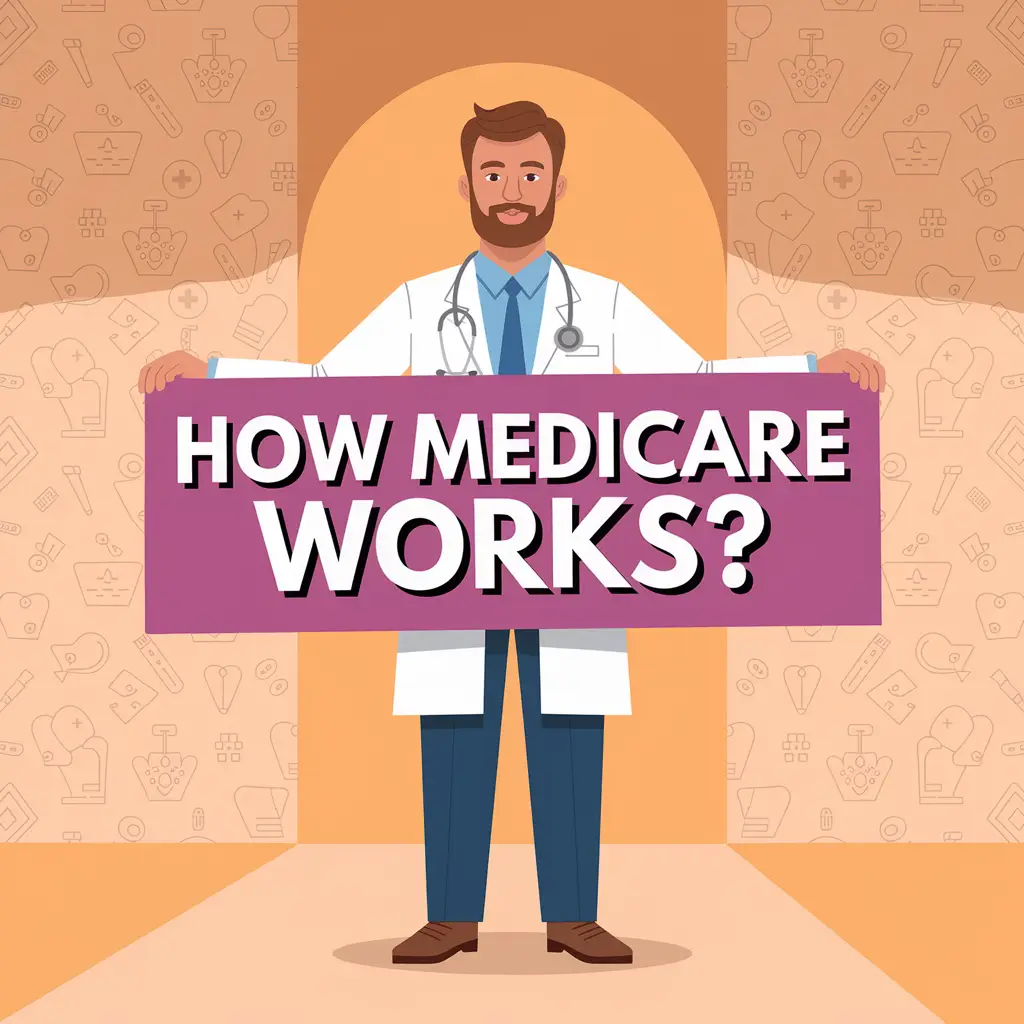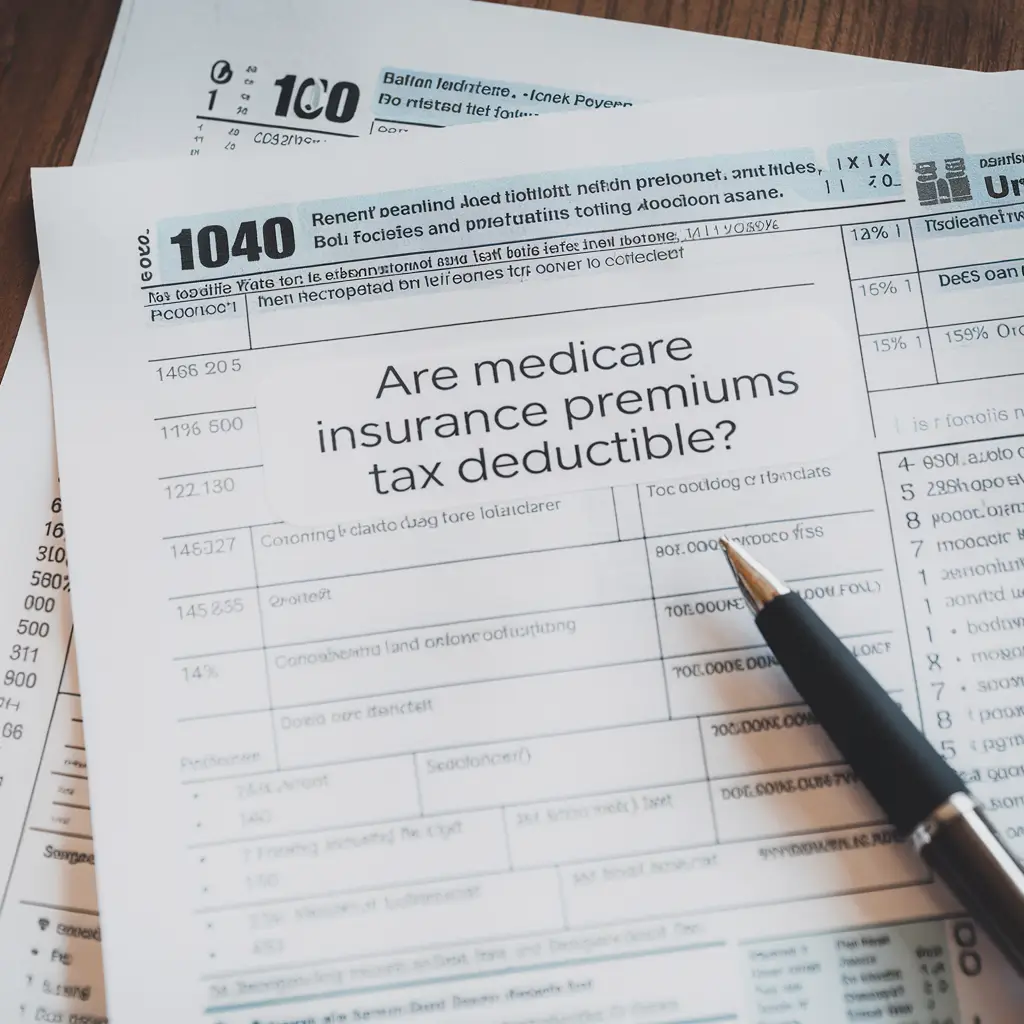How do I enroll in Medicare? A Step-by-Step Guide for Soon-to-Be Seniors
As you approach your 65th birthday, one of the most important decisions you’ll face is enrolling in Medicare. This federal health insurance program provides crucial coverage for millions of Americans, but navigating the enrollment process can be complex. This guide will walk you through the steps of Medicare enrollment, helping you understand when and how to sign up, what options are available, and how to avoid common pitfalls.
Medicare consists of several parts, each covering different aspects of your healthcare:
- Part A (Hospital Insurance)
- Part B (Medical Insurance)
- Part C (Medicare Advantage)
- Part D (Prescription Drug Coverage)
In this comprehensive guide, we’ll explore the enrollment process for each part, discuss important deadlines, and provide you with the information you need to make informed decisions about your healthcare coverage.
Understanding Medicare Enrollment Periods
Before diving into the specifics of enrolling in each part of Medicare, it’s crucial to understand the different enrollment periods. These timeframes determine when you can sign up for Medicare and can significantly impact your coverage and costs.
Initial Enrollment Period (IEP)
When is the IEP?
Your Initial Enrollment Period is a seven-month window that begins three months before the month of your 65th birthday, includes your birthday month, and extends three months after. For example, if your birthday is on June 15, your IEP would run from March 1 to September 30.
Importance of enrolling during IEP
Enrolling during your IEP is crucial for several reasons:
- It ensures that your coverage begins as soon as you’re eligible.
- You avoid potential late enrollment penalties.
- You have access to the full range of Medicare options without restrictions.
Consequences of missing the IEP
If you miss your Initial Enrollment Period, you may face:
- Delayed coverage
- Higher premiums due to late enrollment penalties
- Limited enrollment opportunities in the future
Special Enrollment Period (SEP)
Qualifying for an SEP
Special Enrollment Periods are available in specific circumstances, such as:
- Losing employer-sponsored health coverage
- Moving out of your current plan’s service area
- Qualifying for Medicaid
Length of SEP
The length of a Special Enrollment Period can vary depending on the qualifying event, but it’s typically an 8-month window.
Common SEP scenarios
Some common situations that might trigger a SEP include:
- Retiring and losing employer coverage after age 65
- Moving to a new state
- Losing coverage due to divorce or death of a spouse
General Enrollment Period (GEP)
When is the GEP?
The General Enrollment Period runs from January 1 to March 31 each year.
Who should use the GEP?
The GEP is for those who missed their Initial Enrollment Period and don’t qualify for a Special Enrollment Period.
Penalties associated with GEP enrollment
Enrolling during the GEP may result in:
- Higher Part B premiums (10% for each 12-month period you were eligible but didn’t enroll)
- Delayed coverage (it starts July 1 of the year you enroll)
Enrolling in Medicare Part A
Automatic Enrollment Scenarios
Already receiving Social Security benefits
If you’re already receiving Social Security benefits when you turn 65, you’ll be automatically enrolled in Medicare Part A and Part B. You’ll receive your Medicare card in the mail about 3 months before your 65th birthday.
Railroad Retirement Board benefits
Similarly, if you’re receiving Railroad Retirement Board benefits, you’ll be automatically enrolled in Medicare Part A and Part B.
Manual Enrollment Process
When to apply
If you’re not automatically enrolled, you should apply for Medicare Part A during your Initial Enrollment Period.
How to apply online
You can apply online through the Social Security Administration website (www.ssa.gov). The process typically takes about 10 minutes.
How to apply by phone or in person
Alternatively, you can apply by calling the Social Security Administration at 1-800-772-1213 or visiting your local Social Security office.
Required Documents for Part A Enrollment
Proof of age
You’ll need to provide a birth certificate or other proof of age.
Citizenship or residency documentation
Be prepared to show proof of U.S. citizenship or legal residency.
Work history information
You may need to provide information about your work history, as this can affect your eligibility for premium-free Part A.
Enrolling in Medicare Part B
Deciding When to Enroll in Part B
Considerations for those still working
If you’re still working at 65 and have employer-sponsored health coverage, you might choose to delay enrolling in Part B. However, it’s crucial to understand how your current coverage compares to Medicare.
Employer coverage and Part B
If your employer has fewer than 20 employees, you should generally enroll in Part B when you’re first eligible. For larger employers, you may be able to delay without penalty.
Part B Enrollment Process
Enrolling online
You can enroll in Part B online through the Social Security Administration website, often at the same time as your Part A enrollment.
Enrolling by phone or in-person
As with Part A, you can enroll by calling 1-800-772-1213 or visiting a local Social Security office.
Filling out Form CMS-40B
If you’re enrolling in Part B after initially declining it, you’ll need to complete Form CMS-40B, the Application for Enrollment in Medicare Part B.
Part B Late Enrollment Penalties
How penalties are calculated
The Part B late enrollment penalty is 10% for each full 12-month period you could have had Part B but didn’t sign up.
Avoiding late enrollment penalties
To avoid penalties, enroll during your Initial Enrollment Period or qualify for a Special Enrollment Period.
Enrolling in Medicare Advantage (Part C)
Eligibility Requirements
Having both Part A and Part B
To enroll in a Medicare Advantage plan, you must first be enrolled in both Part A and Part B.
Living in the plan’s service area
You must reside in the geographic area served by the Medicare Advantage plan you choose.
When to Enroll in Medicare Advantage
During the Initial Coverage Election Period
This period coincides with your Initial Enrollment Period for Original Medicare.
During the Annual Election Period
Also known as Open Enrollment, this runs from October 15 to December 7 each year.
How to Enroll in Medicare Advantage
Through Medicare’s Plan Finder tool
Use the official Medicare Plan Finder on Medicare.gov to compare and enroll in plans.
Directly through insurance companies
You can also enroll directly with the insurance company offering the Medicare Advantage plan.
Enrolling in Medicare Part D (Prescription Drug Coverage)
When to Enroll in Part D
During the Initial Enrollment Period
You can enroll in Part D during the same seven-month period as your Initial Enrollment Period for Original Medicare.
Annual Election Period
You can also enroll or change plans during the Annual Election Period (October 15 – December 7).
How to Enroll in Part D
Through Medicare’s Plan Finder tool
Use the Medicare Plan Finder to compare Part D plans and enroll.
Directly through insurance companies
You can enroll directly with the insurance company offering the Part D plan.
Late Enrollment Penalties for Part D
How penalties are calculated
The penalty is 1% of the national base beneficiary premium times the number of full months you didn’t have Part D or creditable coverage.
Avoiding Part D penalties
Enroll when you’re first eligible or maintain creditable prescription drug coverage.
Special Enrollment Considerations
Enrolling in Medicare While Still Working
Comparing employer coverage to Medicare
Carefully compare your employer’s coverage with Medicare to determine the best option for your situation.
HSA contributions and Medicare enrollment
Be aware that once you enroll in any part of Medicare, you can no longer contribute to a Health Savings Account (HSA).
Enrolling in Medicare with COBRA Coverage
COBRA and Medicare coordination
COBRA coverage usually pays secondary to Medicare, so it’s often best to enroll in Medicare when first eligible.
Potential pitfalls of COBRA and Medicare
Be cautious, as COBRA coverage doesn’t qualify you for a Special Enrollment Period when it ends.
Enrolling in Medicare with VA Benefits
Medicare and VA benefits coordination
You can have both Medicare and VA benefits, which can provide more comprehensive coverage.
Advantages of having both coverages
Having both can give you more flexibility in where you receive care and how it’s covered.
After Enrollment: Next Steps
Receiving Your Medicare Card
When to expect your card
You should receive your Medicare card about 3 months before your coverage starts.
What to do if you don’t receive your card
If you don’t receive your card, contact the Social Security Administration.
Choosing Additional Coverage
Medigap (Medicare Supplement Insurance)
Consider whether you want to purchase a Medigap policy to cover some of Original Medicare’s out-of-pocket costs.
Medicare Advantage plans
Evaluate whether a Medicare Advantage plan might better suit your needs than Original Medicare.
Understanding Your New Coverage
Reading your Medicare Summary Notice
Familiarize yourself with your Medicare Summary Notice, which explains the services you’ve received and what Medicare paid.
Using Medicare’s Blue Button
Learn how to use Medicare’s Blue Button to access your personal health information online.
Common Enrollment Mistakes to Avoid
Missing Enrollment Deadlines
Be aware of all relevant deadlines to avoid gaps in coverage or penalties.
Assuming You’ll Be Automatically Enrolled
Don’t assume you’ll be automatically enrolled; take action to ensure your enrollment if necessary.
Not Reviewing All Your Options
Take the time to understand and compare all available Medicare options in your area.
Resources for Medicare Enrollment Assistance
State Health Insurance Assistance Program (SHIP)
SHIP provides free, unbiased Medicare counseling in every state.
Social Security Administration
The SSA can help with Medicare enrollment and premium payments.
Medicare.gov
The official Medicare website offers comprehensive information and tools.
Conclusion
Enrolling in Medicare is a significant milestone that requires careful consideration and timely action. By understanding the different enrollment periods, coverage options, and potential penalties, you can make informed decisions about your healthcare coverage. Remember that each part of Medicare has its own enrollment rules and deadlines. It’s crucial to review your options thoroughly and consider your unique health and financial situation when making choices about Medicare coverage.
Next Steps
If you need personalized assistance with your Medicare enrollment, don’t hesitate to reach out to Craig Smith Insurance Group. We offer free Medicare enrollment consultations to help you navigate this complex process and ensure you have the coverage that best meets your needs. Contact us today to schedule your consultation and take the next step towards secure and comprehensive healthcare coverage










